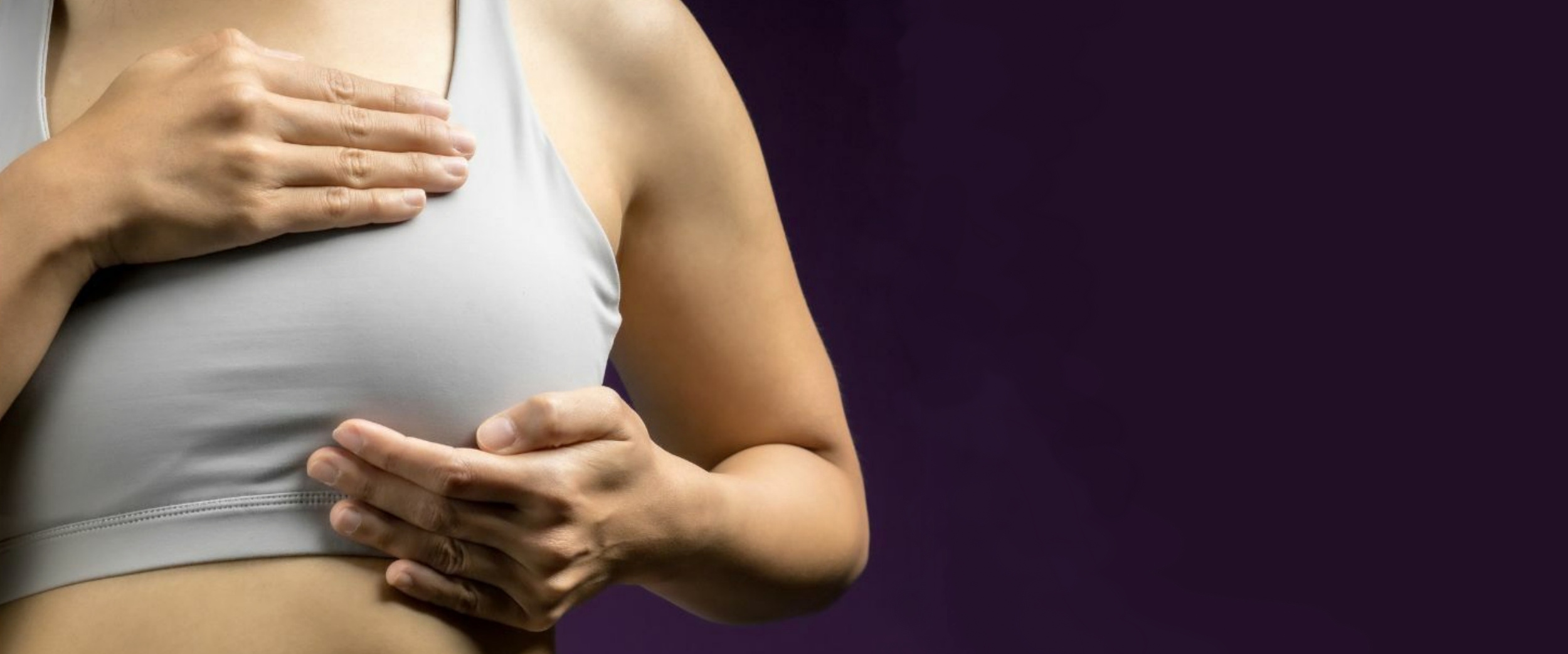By Adriana Ermter
In our monthly column, senior writer and editor Adriana Ermter shares her personal experiences with breast cancer.
Feel it on the first. Know your lemons. Check your boobies. Get in touch with them apples. I never noticed these catch phrases written on social media to inspire women to do monthly breast self-exams until after I was diagnosed. Well after too, like, when I was recovering from having had breast cancer surgery and treatment. Ironic, isn’t it? More ironic is the fact that I never really did regular breast self-examinations on my boobs and when I did, they were always half-hearted, like an afterthought.
Checking in with your breasts is always a good idea
The reality is though, these self-check-ins are crucial. According to the U.S. National Breast Cancer Foundation Inc., 40 per cent of diagnosed breast cancers are detected by women who feel a lump themselves. Sure, mammograms are important in helping detect cancer, minus the fact that they don’t screen the armpit area where many breast cancers, like mine, can occur, yet they’re also highly restricted and often can’t detect tumors in dense breasts.
If that isn’t enough, several provinces in Canada don’t even allow women to receive their first mammogram until they are 50 years of age despite, according to My Breast Screening, one in every 69 women who are 40 years old and one in 228 women who are 30 years old being diagnosed. Every. Single Year. This is a hard and sad fact, considering breast cancer screening can save lives. One that I am way too familiar with, as I’m one of the 16.3 per cent, as noted by the Canadian Cancer Society, who are under the age of 50 years when diagnosed. And no, a mammogram didn’t find my lump—I was too young to receive mammogram screening. I found it. When I was soaping up my right armpit in the shower and feeling it for hair in case I needed to shave.
Why perform breast self-exams post breast cancer diagnosis
So why should you care when you’ve already been diagnosed with breast cancer? Because if it has happened before it can happen again and, perhaps more importantly, because you owe it to yourself. The Cleveland Clinic concurs, stating that women who develop breast cancer before the age of 35 are more likely to get breast cancer again. They also claim that most local recurrences of breast cancer can occur within five years of a lumpectomy and while having radiation therapy can lower this risk there is still a three to 15 per cent chance of recurrence within 10 years. Kind of puts feeling your breasts on the first of every month into perspective, doesn’t it. Here are eight easy steps to follow to perform your monthly breast self-exams. It should only take you about 10 minutes to perform and it will give you a month’s worth of peace when you do.
Feel your way towards healthier breasts
Step 1:
Take off your top and bra and stand in front of a mirror.
Step 2:
Put your hands on your hips.
Step 3:
Look at your breasts in the mirror and see if there are any signs of dimpling, swelling, or redness. Touch your breasts to feel if any areas are sore.
Step 4:
Repeat Step 3 with your arms raised above your head.
Step 5:
While you are standing, press into your breasts with your fingers, feeling for lumps. This works best when you use a large area of your fingers and not just your fingertips. Make sure to feel the entire breast area, even under the breasts and across and into your armpits, pressing deeply to feel the tissue inside.
Step 6:
Palpate the entire area carefully. It can help to divide your breasts into quadrants, so that you’re feeling one quarter area at a time.
Step 7:
Repeat Steps 5 and 6 while laying down.
Step 8:
Check your nipples and the area beneath them; squeeze each nipple to check for any discharge.
Step 9:
If anything looks or feels abnormal, if you feel a lump or if you simply know in your gut that something isn’t right, book an appointment with your doctor immediately and talk to them about what you have just experienced. I promise, you’re not being paranoid, especially if you have been previously diagnosed with breast cancer.
Still not sure or need a little back-up support? Smart phone apps such as Know Your Lemons, Feel For Your Life and Keep A Breast offer DIY assistance and can help get you started. Chock full of beneficial insight, they can also minimize the fear of the unknown. Plus, they provide identifying signs and symptoms of breast cancer along with techniques to help you discover breast cancer at its earliest stage.
Adriana Ermter is a multi award-winning writer and editor. Her work can be read in Figure Skater Fitness, Living Luxe and IN Magazine, as well as online at 29Secrets.com, RethinkBreastCancer.ca, Popsugar.com and AmongMen.com. The former Beauty Director for FASHION and Editor-in-Chief for Salon and Childview magazines lives in Toronto with her two very spoiled rescue cats, Murphy and Olive. You can follow Adriana on Instagram @AdrianaErmter







